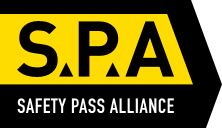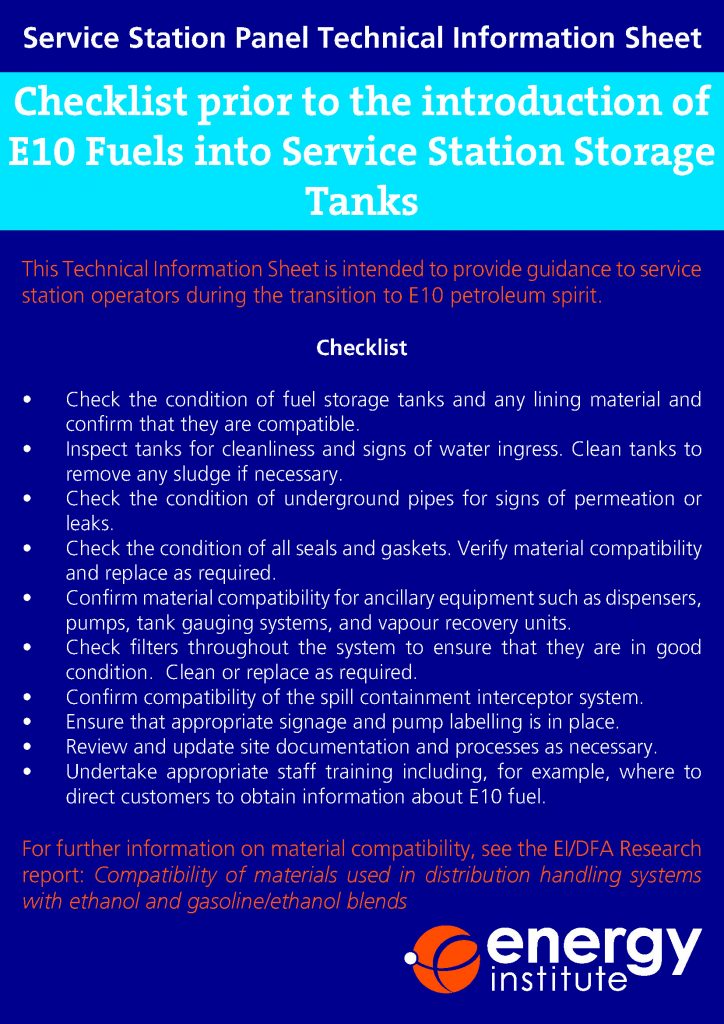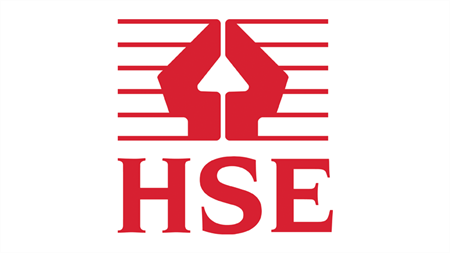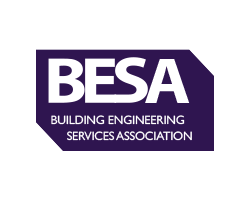COVID-19 has shown that OSH is critical to creating safe working environments. As this year’s ‘SafeDay’ underlines, investment in OSH research, systems and training is important for responding to future crises.
First observed by the International Labour Organization (ILO) in 2003, the World Day for Safety and Health at Work (or ‘SafeDay’) has become an annual event celebrated on 28 April.
Held to promote the global prevention of occupational accidents and diseases, the awareness-raising campaign has a different focus each year. SafeDay 2021 builds on 2020’s response to the COVID-19 pandemic by emphasising the importance of investing in OSH now in order to capitalise on safe working environments in times of crisis.
To coincide with April’s virtual event, the ILO will publish a report, the findings of which it will use to inform preparations for future global incidents.
What seismic events such as COVID-19 and the Beirut explosion in August 2020 underline is the importance of adopting resilient OSH systems to mitigate the risks presented by dynamic events.
‘The OSH community has a very solid conceptual foundation in the risk assessment approach and the hierarchy of controls,’ notes William Cockburn, head of the prevention and research unit at EU-OSHA, who says the profession has responded well to the pandemic.
Ruth Wilkinson, head of health and safety at IOSH, concurs. She emphasises the importance of a preventative approach to occupational injury and illness. She also highlights other key features of an effective OSH management system, which will support the preparedness and response to dynamic events and risk management.
These include visible leadership, with a strong commitment to health, safety and wellbeing; worker involvement with two-way feedback channels; and a systematic ‘plan, do, check, act’ approach.
‘It’s important that you have the right competencies for assigned roles and responsibilities,’ she says. ‘Effective communication strategies and the right controls, for which you monitor/review/take action, while ensuring that you’ve got good risk management practice in place.’
ROOT AND BRANCH RETHINK
Euan Ronald, national head of safety, health and environment for BAE Systems Australia (see On the radar, overleaf), says that an additional strength of the OSH profession is that it’s used to operating across all phases of emergency management.
‘Leveraging our internal and external networks, we act as a conduit to facilitate information flow and support action. We are one of those few professions that touch all spans and layers of an organisation.’
A particularly significant contribution that the OSH community has made is the delivery of practical, industry-targeted guidance to help businesses adopt safe work practices.
EU-OSHA, for example, has issued two publications, one of which, COVID-19: Back to the workplace: adapting workplaces and protecting workers, outlines the measures needed to set up a safe working environment.
Lacye Groening, junior technical officer for OSH at the ILO, says that one of the major developments over the past year has been lockdowns and stay-at-home orders affecting a large section of the workforce. This resulted in a dramatic spike in telework – an issue covered in detail in the SafeDay report.
Not only has this upheaval created isolation issues and new psychosocial risks for workers, but it has also blurred the lines between the home and work environment.
Businesses have been forced to radically rethink and adapt their management styles with some countries and sectors proving more successful at this than others.
A SILVER LINING
Dr Michelle Robertson is executive director for the Office Ergonomics Research Committee, an industry research consortium based in the US.
She says its members have taken innovative steps to respond to the COVID-19 crisis and working from home. They quickly concluded that a long-term approach to the pandemic was needed but that employees required immediate help, particularly from an ergonomics and mental health wellbeing point of view.
‘It’s the psychological stress of working at home and balancing that with connectedness with the organisation and other team members,’ she says.
‘Then there’s the physical strain of working in a poorly-designed work area, with no ergonomic chair, no dedicated workspace and lack of ergonomic training. What is the guidance that the organisation can give?’
To support this move to working from home, companies have provided virtual ergonomic assessments and guides and followed up with online training to help staff set up workstations correctly.
They have also started to create hybrid work hubs, so that workers can return to an office environment in the knowledge that it is safe. This has required them to respond to OSH requirements such as cleaning protocols, density issues and air circulation.
‘We have to be resilient because things can change quickly, so managers need to monitor the situation and follow the World Health Organization [WHO] or Centers for Disease Control and Prevention guidelines to keep the platform of response the same,’ she says.
For last year’s SafeDay event, Michelle participated in an international expert panel on the ILO’s ‘Stop the pandemic’ webinar to explore OSH solutions for working from home.
‘As long as we can set up the work/life balance for the mental and physical needs and meet these working challenges with creative ergonomic solutions,’ she says. ‘The current situation provides us with exciting opportunities to innovate new ways of working. I call it the silver lining of COVID.’























